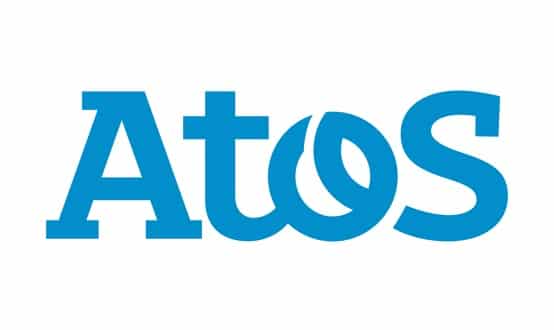Telehealth put on the (Google) map
- 3 February 2010
More than a third of primary care trusts are involved with telehealth programmes, according to the Department of Health‘s Telecare Local Integrated Network.
The telecare LIN has created a Google map for PCT telehealth, which shows which areas have begun some form of remote monitoring programme.
The network says more than a third of PCTs are actively involved with a programme, with numbers rising to more than 100 PCTs when the criteria is expanded to include those that are planning a programme or have expressed a firm intention to do so as part of their commissioning plans.
The DH network said that although it had not audited or validated the map, it should prove useful in demonstrating progress and providing opportunities for sharing learning on progress on remote monitoring for heart failure, chronic obstructive pulmonary disease and diabetes.
The network said there are now thought to be more than 5,000 telehealth remote units in active use covering heart failure, COPD and diabetes.
The DH’s Whole System Demonstrator trial of assistive technologies, based in Cornwall, Kent and the London Borough of Newham, has also now recruited more than 6,000 participants.
Data on each person in the trial will be collected throughout 2010 including tracking alerts, calls, hospital admissions, care home admissions, change in diagnosis compared to the baseline for the intervention and control groups. The WSD evaluation is expected to report in late 2010.
The evaluation team for the WSD is also seeking reports from any organisations that have examined outcomes for carers when telecare or telehealth is introduced for a cared-for person.
The team from University College, London, is looking for quantitative measures of carer outcomes such as burden, quality of life, time spent caring and mental and physical health. Organisations with such information should contact Anna Davies at UCL by 12 February.
Telehealth is often identified as one of the key beneficiaries of plans to increase broadband speeds and this week the Conservative Party set out its plans to deliver faster broadband across the country.
Shadow chancellor George Osborne, speaking on the Andrew Marr Show, said any Conservative government would introduce 100 MB/s broadband for most homes in the UK by 2017, partly funded by the BBC licence fee.
Earlier this year the government set out its own plans for delivering superfast broadband to all by 2017 – but it is aming for just 2 MB/s.




